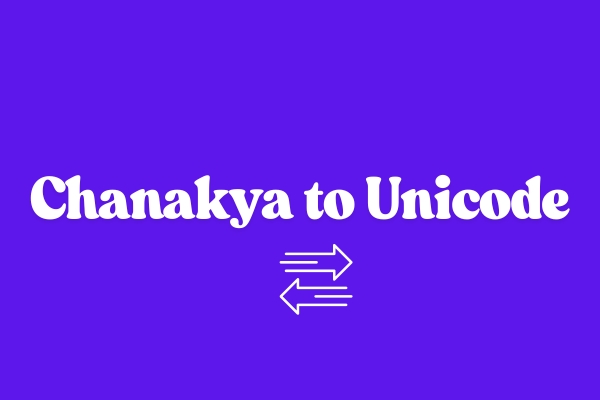Why Convert Chanakya to Unicode?
Modernize your Hindi/Devanagari text by converting from the legacy Chanakya font to the universal Unicode standard.

Embracing Universal Compatibility
Chanakya is a legacy font used for Hindi and other Devanagari-based languages. Like other non-Unicode fonts, it faces compatibility challenges on modern digital platforms. Converting Chanakya text to Unicode ensures your content is universally accessible, searchable, and correctly displayed across all devices and applications.
This tool helps you transition your older documents into a future-proof, standard format.
- Make your content web-friendly and easily searchable.
- Ensure proper rendering on all modern operating systems.
- Improve data interoperability with current software.
- Archive documents in a durable and standard format.